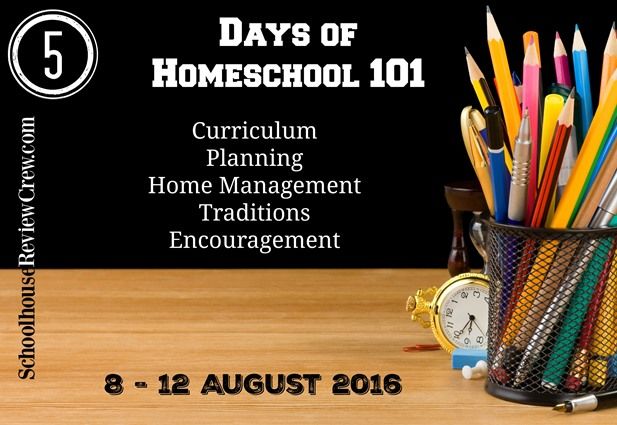I'm sorry, I just could NOT resist adding a rosy glow and sparkles to the picture for today!
So many people start planning for homeschooling with rose colored glasses on and forget to wake up to the reality of every day life and the need to be realistic, and faithful, in their planning.
Homeschool planning can be all rosy and sparkly eventually, but probably not the first time you try it!
So go get a planner, any planner will do, because we are going to talk about the reality of pencil on paper planning and how to make it work for your homeschool instead of against it!
First, you need a general plan.
I used to start by writing a list of things I hoped to cover with the girls in the upcoming year. While some of you may think this simplistic, it was, and still is, my starting point.
Even though the girls are both now in High School, I still want to make sure we have a general overview for where we want to focus for the year.
So how do you make your general plan?
I went digging and found the beginning of the year notes I made for Emily & Arlene in the summer of 2008.
Here is what I wrote down for Emily for Language Arts for 5th grade:
Spelling
Parts of speech
Writing short stories
Continue dragon story
Penmanship
Reading Classics - Black Beauty
For Arlene (for 3rd grade)
Spelling
Penmanship
Read Little House series
If you're planning something similar to this for your child, then decide if you want to cover all of these topics all year long, or if you want to work on one or two things at a time for a month to 6 weeks at a time. This gives you a general way to plan out your year. If you're planning six things to focus on for the year, you might want to pick one or two that you want to work on for the whole year. For Emily, that was spelling and writing short stories. The other four topics we worked on for about 6 weeks at a time. Ta Da! You've just made your own lesson plan for Language Arts.
Now, if you're using a prepared curriculum, it probably comes with lesson plan suggestions. Remember that they are only suggestions, and you should feel free to adapt it to work best for your child. If the plan is for language arts five times a week, but you're only going to plan on bookwork four days a week, you'll need to decide if you want to spend more than 9 months on it, double up one day a week and do two lessons, or (my favorite) plan to only do 80% of the book.
Now you need a specific plan
Or not . . . depends on your teaching style.
If you really like to plan, you may get out your planner and write down what lesson you should be doing in each subject every day for the first semester. It might be better if you just write the lessons down for a week or two at a time. Why? Because life happens. If you write your lesson plans in pen, will you be willing to change them if a cool field trip opportunity comes up? What will you do if Dad takes an unexpected day off or your child has a stomach ache? Don't be in love with your planner, be in love with your children and your life.
Ok, so what happens in High School ?
Planning can be a bit more challenging, especially when you're wanting to make sure they master enough material to earn credits towards their diploma. Here is what we did: look at our state's basic requirements for graduation (and a general diploma.) I took a blank piece of paper and sketched out what I though Emily should cover each year to get through her required classes. Each summer I would compare what she had completed to the plan we had mapped out. It told me if she needed to do more or less for the following year.
How did this work out in reality? Fairly well ~ except there was one Spring when Emily got behind on some of her courses, because Kurt was really, really sick and ended up needing to have his gallbladder removed. Think about it ~ homeschooling gives you an opportunity to adjust. I could have pushed Emily through just to mark off the boxes, or we could choose to adjust the plan to give her time for mastery. So Emily is spending an additional semester in High School, because mastery is much more important than an arbitrary number.
We have a general plan for Arlene too. It shares a lot of similarities to Emily's since they're both based upon state requirements for graduation, but it fits Arlene's individual interests.
Whether you're just getting started, or getting into the nitty-gritty of High School, know that planning needs to happen, but needs to be flexible. Use a paper and pencil. Choose a fancy planner, or a simple free printable one. What matters is that you stay flexible and keep the focus on the relationships you are building with your children as they learn, not the boxes you check!
Find out how other Crew families do their planning. Click on over and read today's other posts!


This is good- especially information about high school. It can seem scary to start scheduling high school at first. But it really isn't as hard as it seems. :-)
ReplyDelete